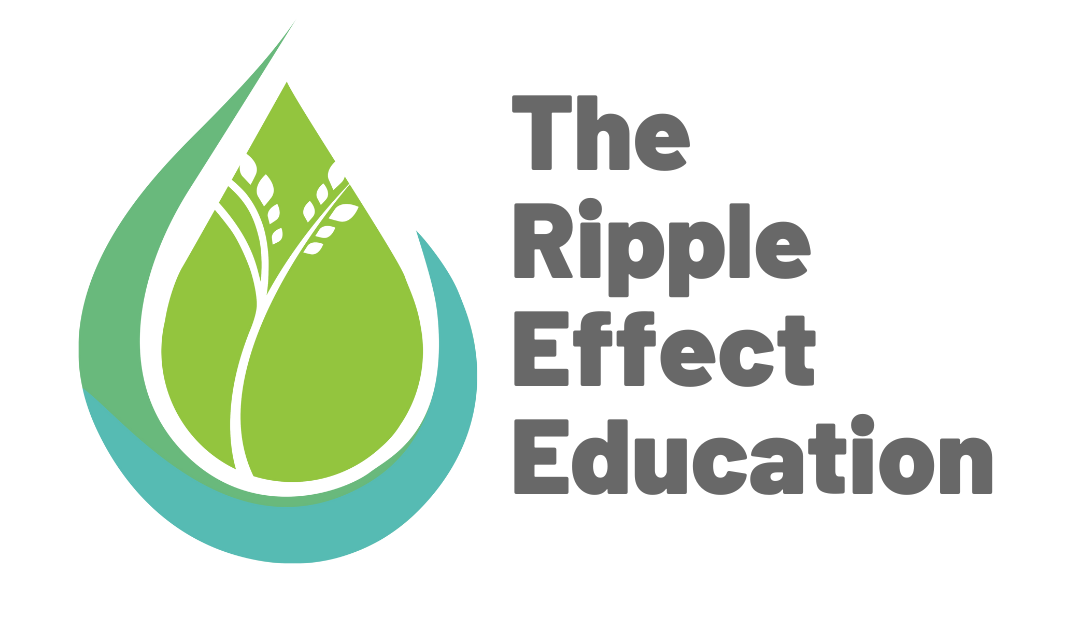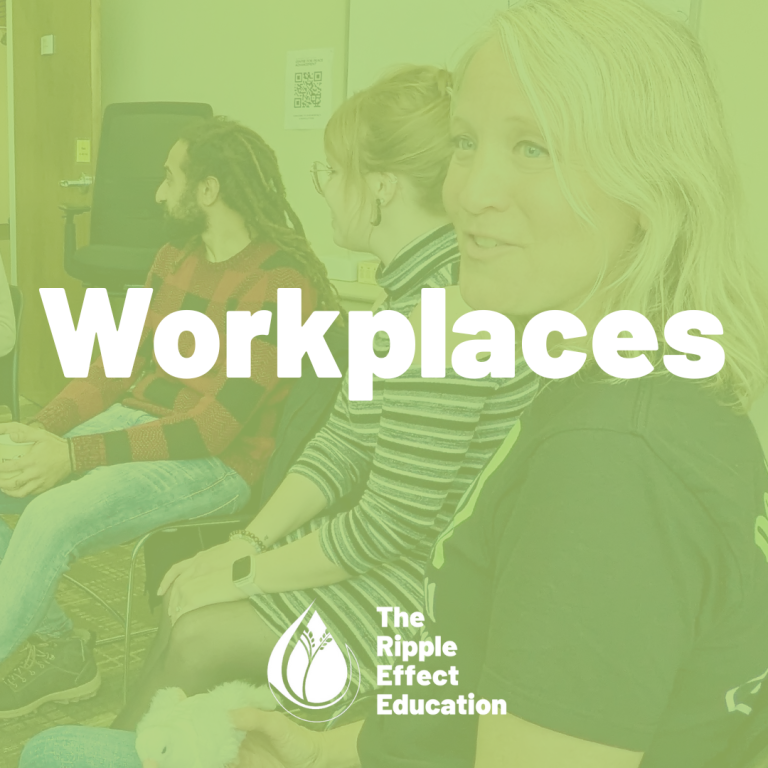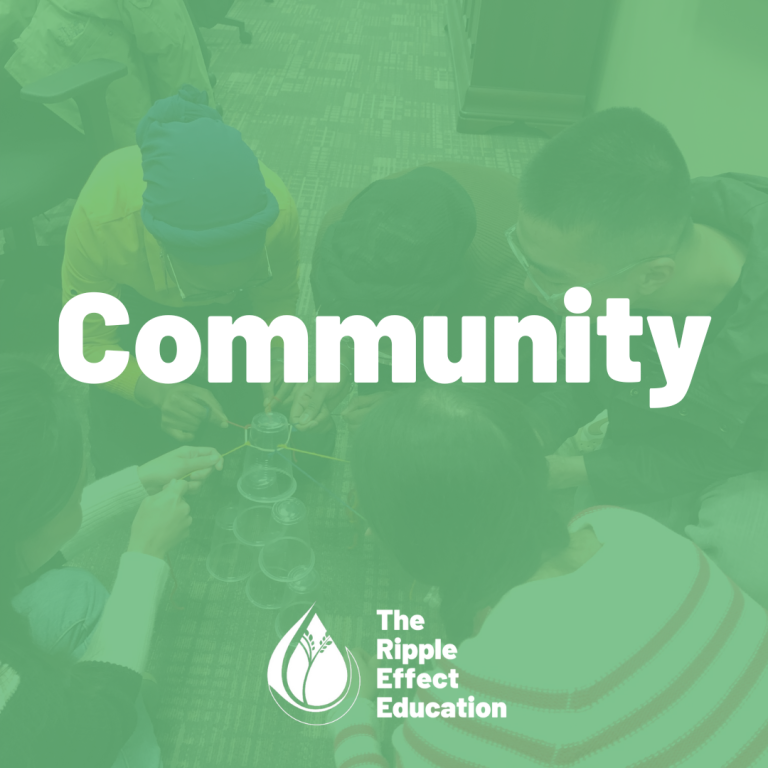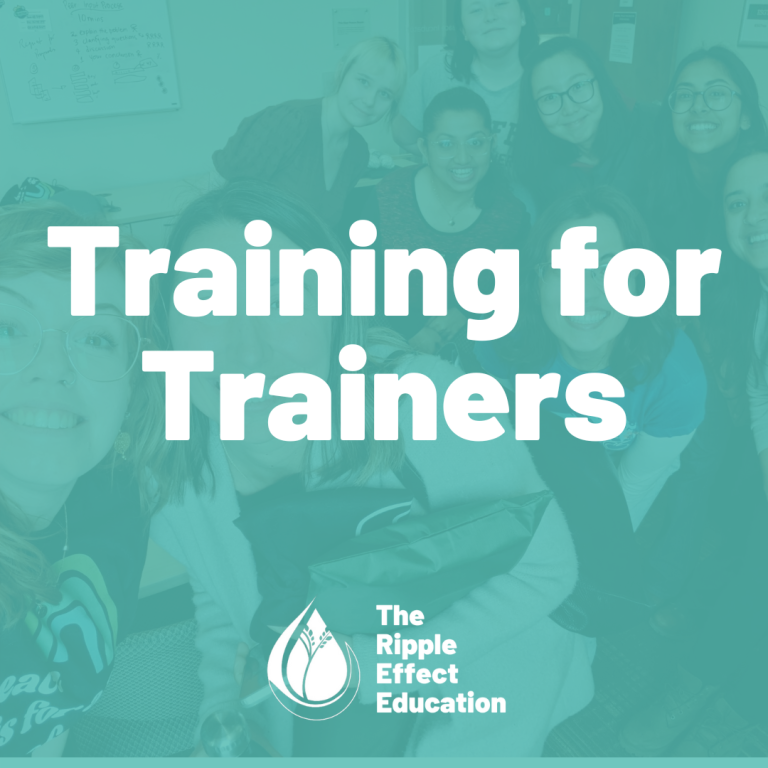Anyone who has raised or worked with children likely has some key phrases or workarounds in their repertoire to make undesirable things more appealing. Instead of, “Can you finish your vegetables?” you may have learned to say “Would you like to eat your carrots or potatoes first?” Rather than, “Time for you to turn off the TV and take a nap”, you might have found it more effective to ask, “What movie should we watch when you wake up?” As casual as it may seem, these are examples of a technique in conflict resolution called reframing.
Simply put, reframing is about seeing things from a different perspective. Reframing can be used in a variety of contexts; from negotiating with a friend to overcoming a personal challenge, sometimes we find ourselves feeling overwhelmed and unsure of how to move forward. Donna Ellis from the Centre for Teaching Excellence at the University of Waterloo says that reframing can be a way of “getting unstuck” (2018). Consider viewing a situation like you would look out of a window: you have the actual glass you look through, to see the objective facts. These are the things you can’t change. What you can change, however, is the window frame that surrounds your situation. What is happening stays the same, but your perspective surrounding it changes.
Reframing is not about changing your immediate circumstances, but shifting your own perspective so that you can view a problem or conflict in a more actionable, manageable way to help you move forward.
Here are some steps you can take to reframe the next conflict you find yourself in. These steps can be beneficial for both yourself, and others.
Brainstorm. Determining where it is that you are stuck will help you figure out what direction you want to take. Sometimes it’s helpful to work backwards. What does the ideal outcome look like for you? What is stopping you from getting there? Check in with your existing assumptions and positions and how they might be keeping you in one place. You may also want to reach out to anyone else involved to gain their perspective. For example, if you are struggling with a work assignment and start to feel overwhelmed, consider grabbing a pen and paper and making a list of what you do know, or naming the people you could reach out to for guidance.
Remind yourself of your priorities. The point of reframing is to transform a task into something more motivating, and conflicts into something more approachable. Look for aspects that remind you of why you want to resolve the issue. For example, if you are in disagreement with a friend, you might start by thinking about how important this friendship is to you. Oftentimes, we need to view a conflict as “us vs. the problem”, not “them vs. me”. This will simultaneously help diffuse any immediate tensions and give you a clearer vision of where you would like to go together.
Keep it realistic. Reframing isn’t about blindly glossing over our anxieties or concerns with pure positivity. It is about viewing a conflict or issue in a way that can be reassuring or encouraging, but believable. For example, if you are apprehensive about talking to a friend about an issue you disagree on, it wouldn’t be very realistic to say, “They’ll listen to everything I have to say and it will all be normal after that”. Through a more realistic frame, you might think, “Talking to them might change our relationship, but it will become stronger once we talk about this”. See how the reframed option actually has a better outcome in the long run? Keeping our frames realistic increases our ability to follow through; it won’t always be easy, but we will be better off for it.
Build the habit. Ellis suggests that “reframing is more than a strategy or approach: it is a way of thinking” (2018). Whenever you encounter a situation that is less than ideal, try to go through the steps of reframing proactively, before your thinking starts to spiral. A new way of thinking is like a muscle that needs to be exercised regularly to become stronger. Eventually, you will start to view your circumstances with fresh lenses, no matter where you go.
Reframing doesn’t have to be reserved for overtired toddlers; we can use this technique to approach conflicts with our parents, relatives, friends, or even just ourselves. By checking in with the assumptions and interests of everyone involved, we can learn to shift our perspective to make things less taxing, more manageable, and ultimately build stronger relationships.
How are you reframing in conflict situations? Tell us more below!
References
Ellis, D.E. (2018). Changing the lens: The role of reframing in educational development. To Improve the Academy: A Journal of Educational Development, 37(1), 142-150.
Photo by Nicole De Khors. https://burst.shopify.com/photos/fuzzy-dog-looks-out-window?q=window.
 Haley Bauman is a graduate from the University of Waterloo with a BA in Therapeutic Recreation. During her undergrad, Haley completed a placement at a high school in Brampton that helped her discover her passion for working with children and youth in urban schools. Haley is currently pursuing her Bachelor of Education from Western University with a specialty in Urban Education. She is excited to be involved with TREE and learn more about social justice in education contexts.
Haley Bauman is a graduate from the University of Waterloo with a BA in Therapeutic Recreation. During her undergrad, Haley completed a placement at a high school in Brampton that helped her discover her passion for working with children and youth in urban schools. Haley is currently pursuing her Bachelor of Education from Western University with a specialty in Urban Education. She is excited to be involved with TREE and learn more about social justice in education contexts.








